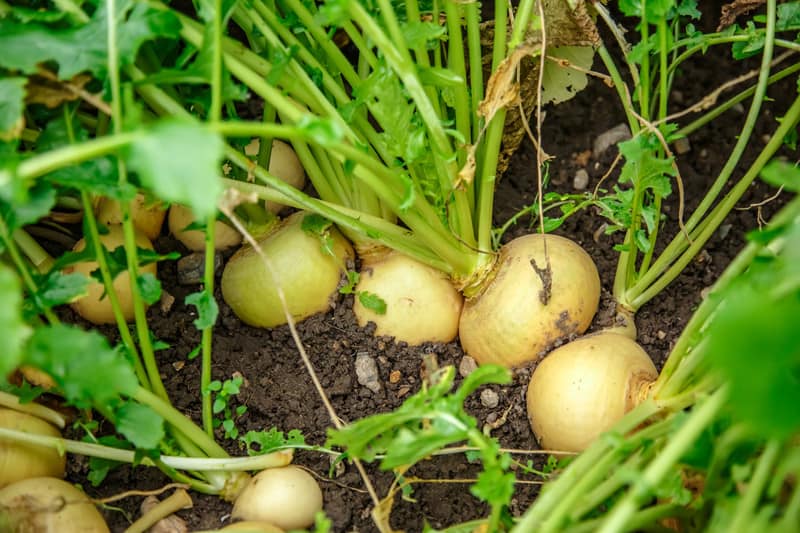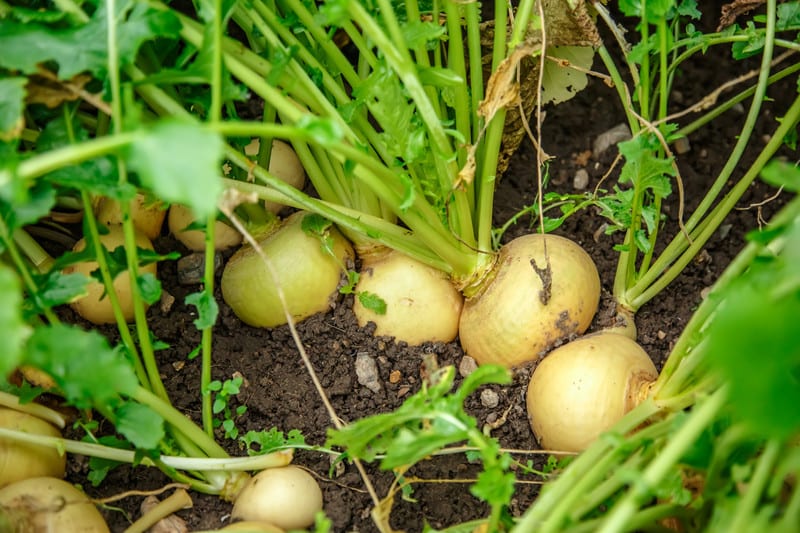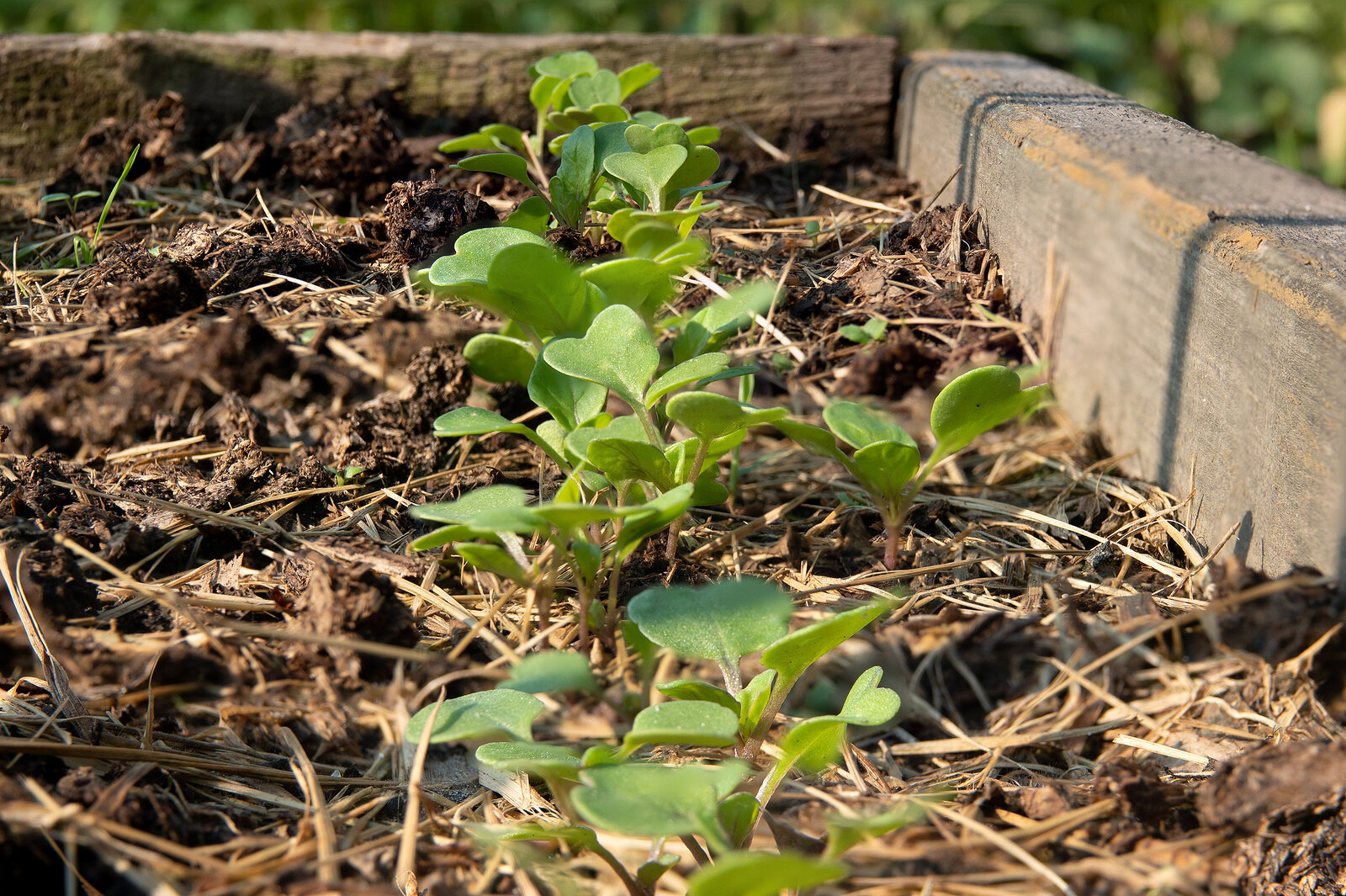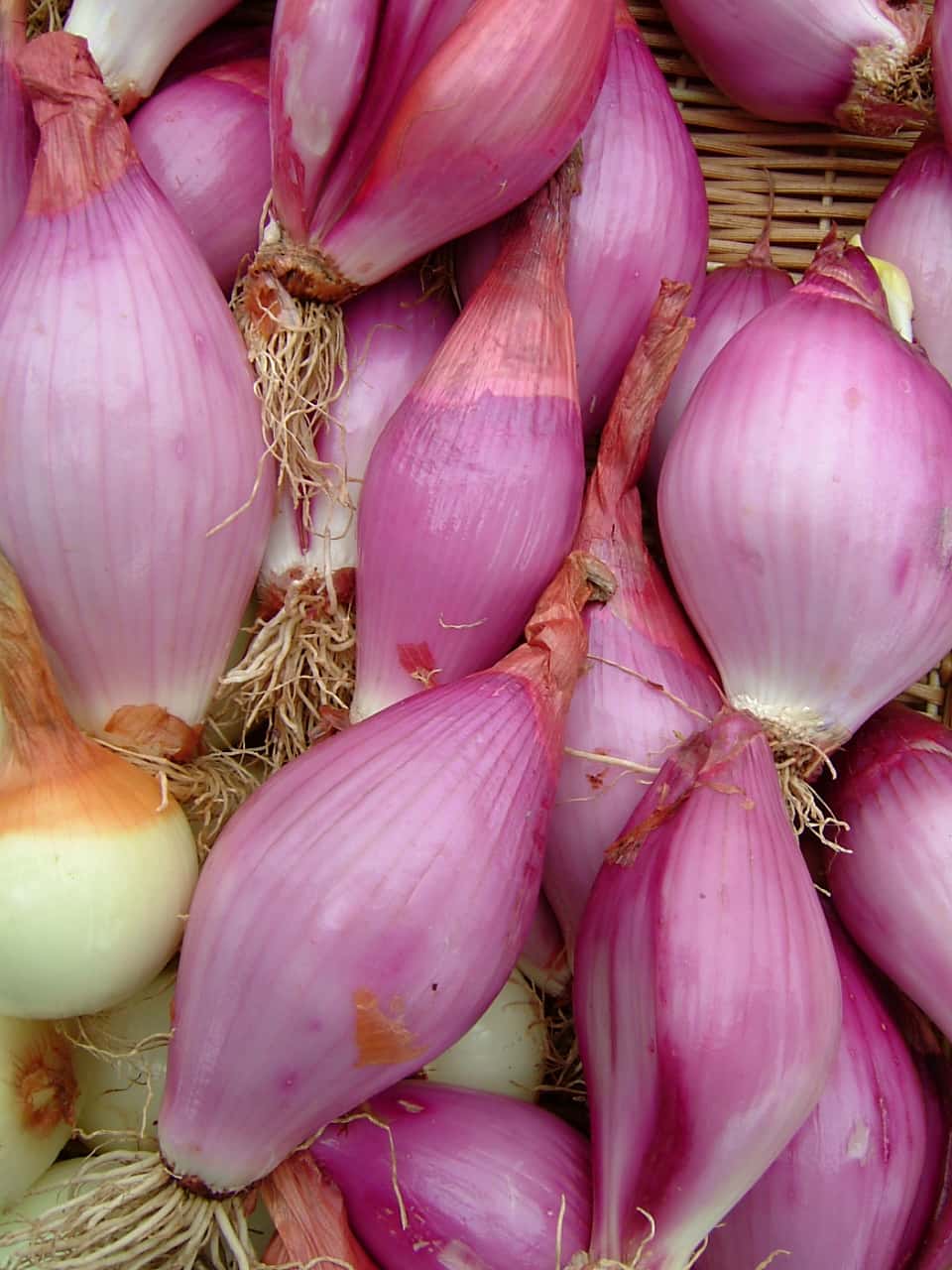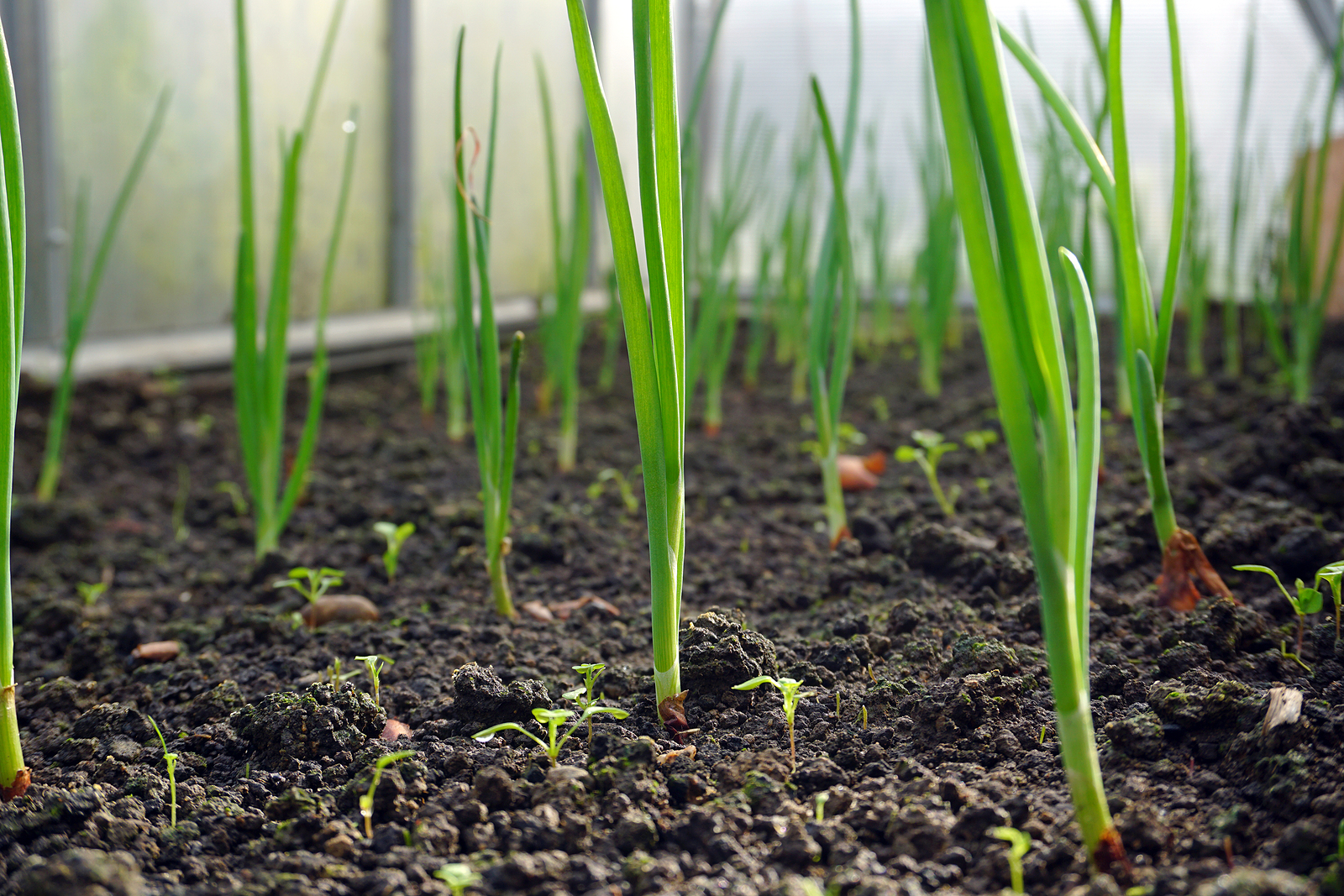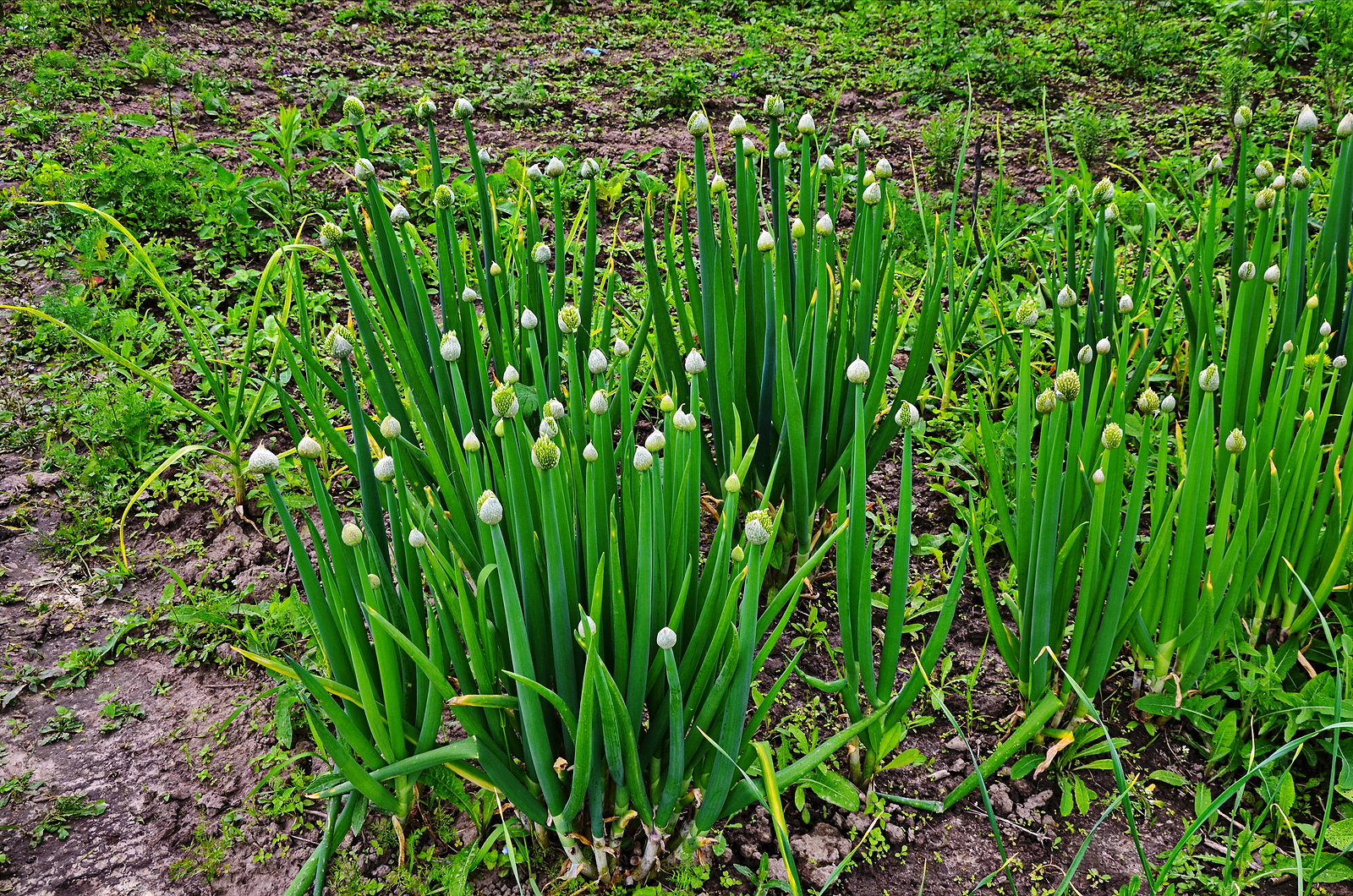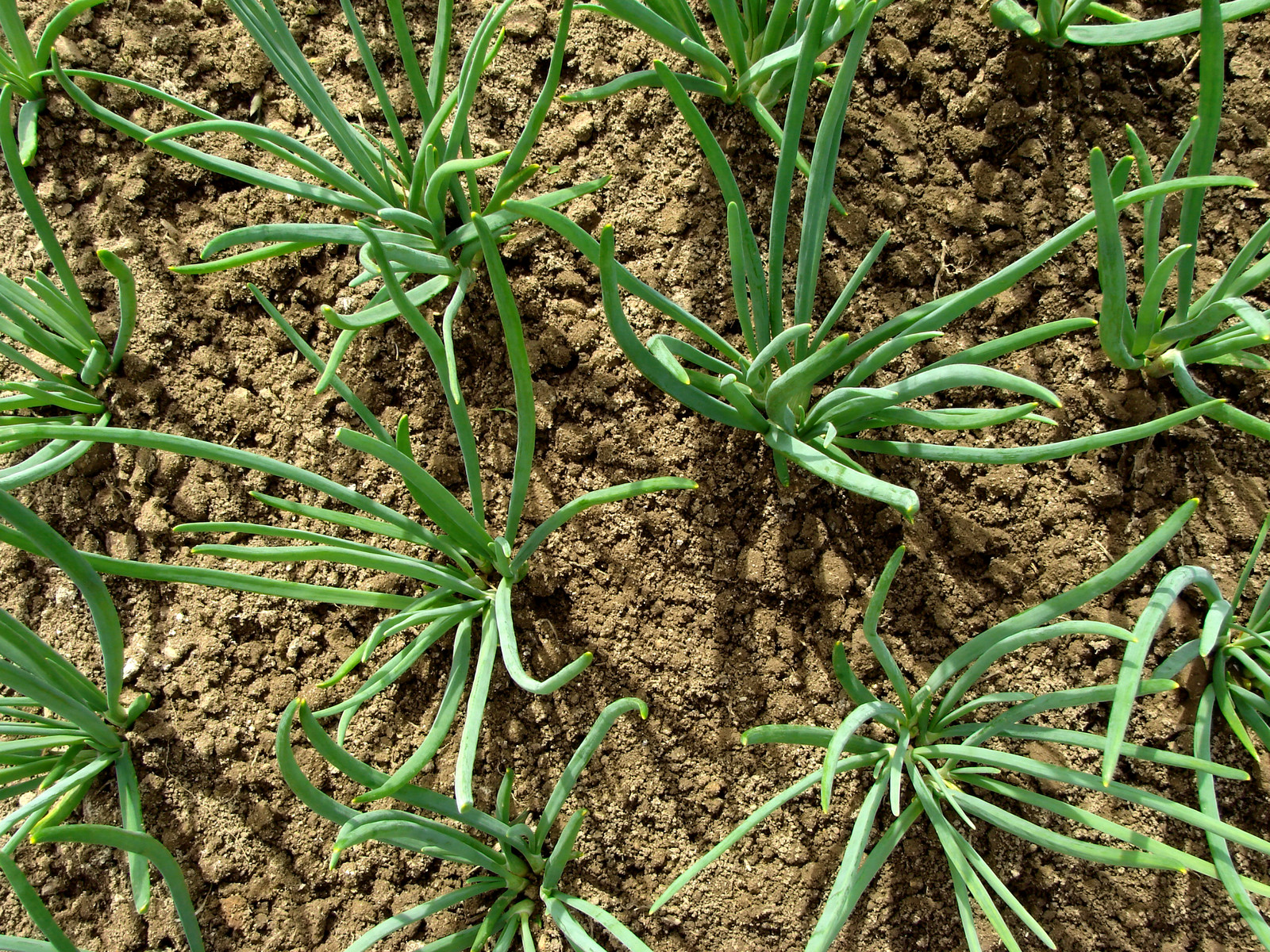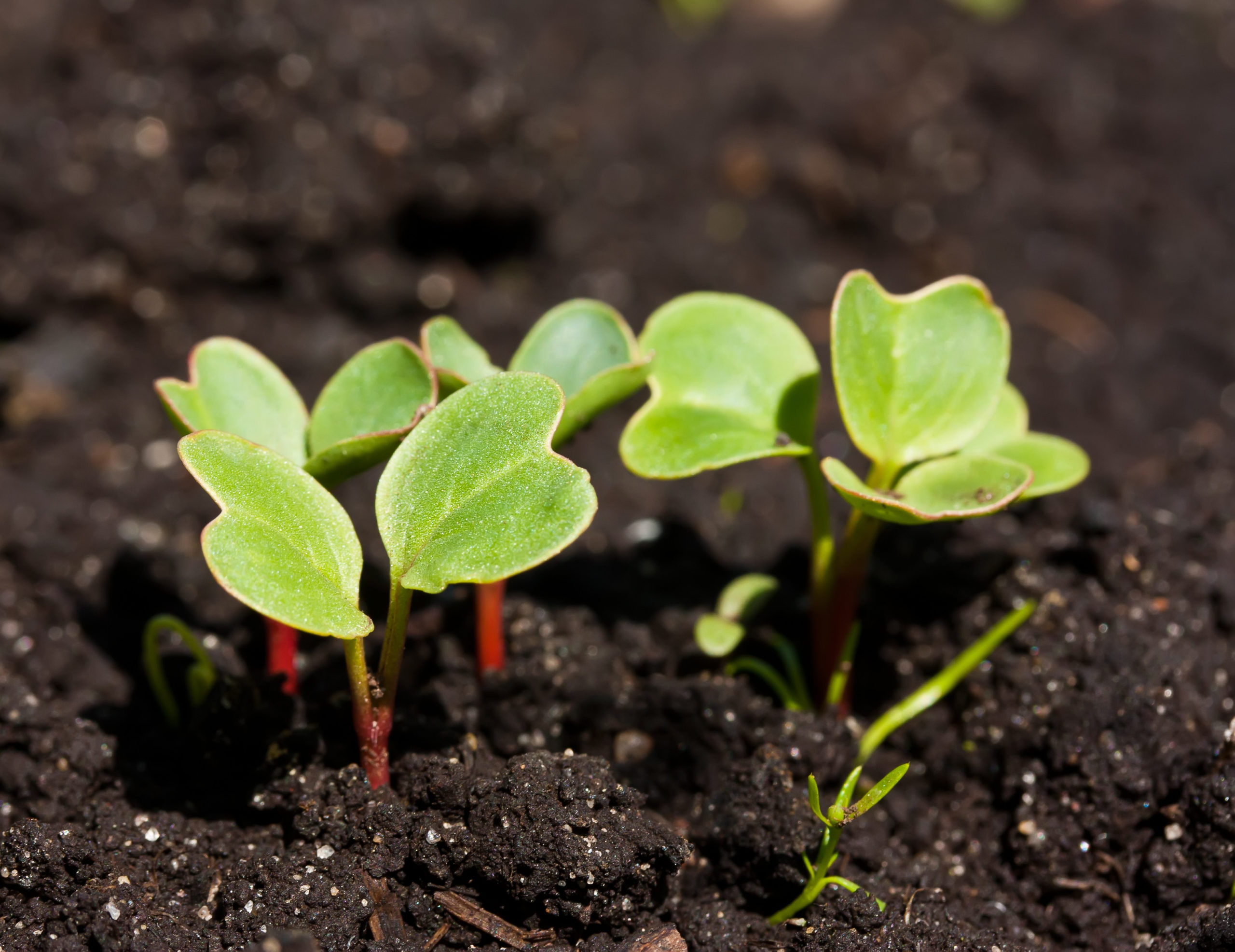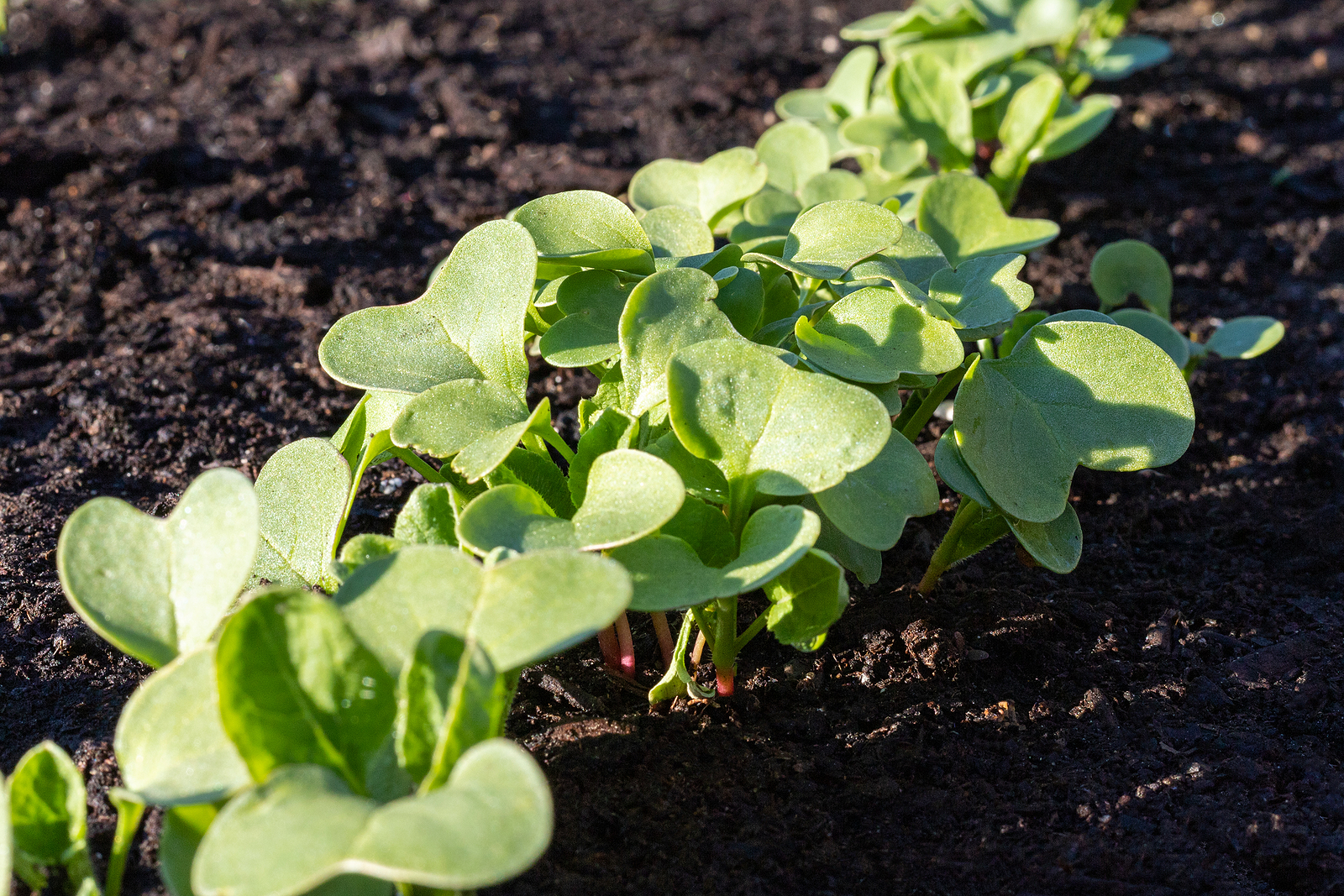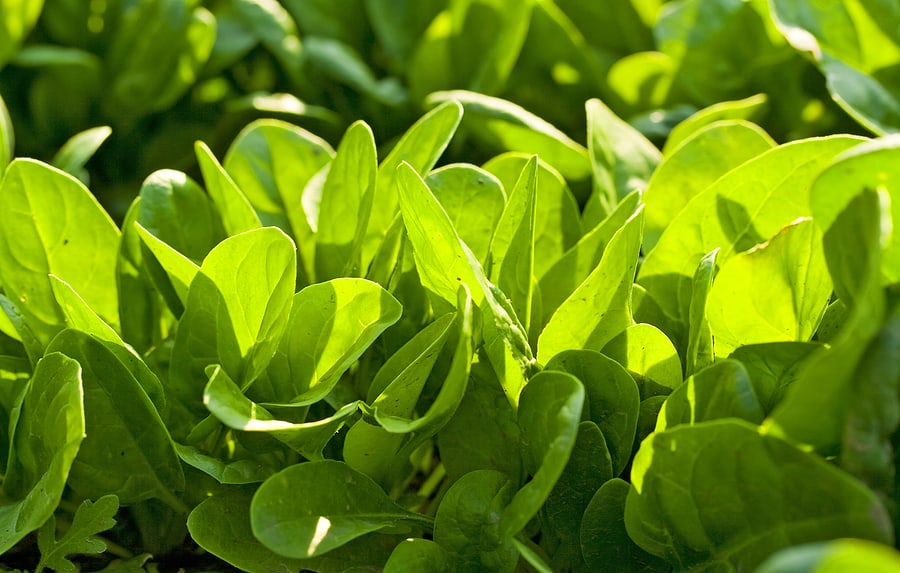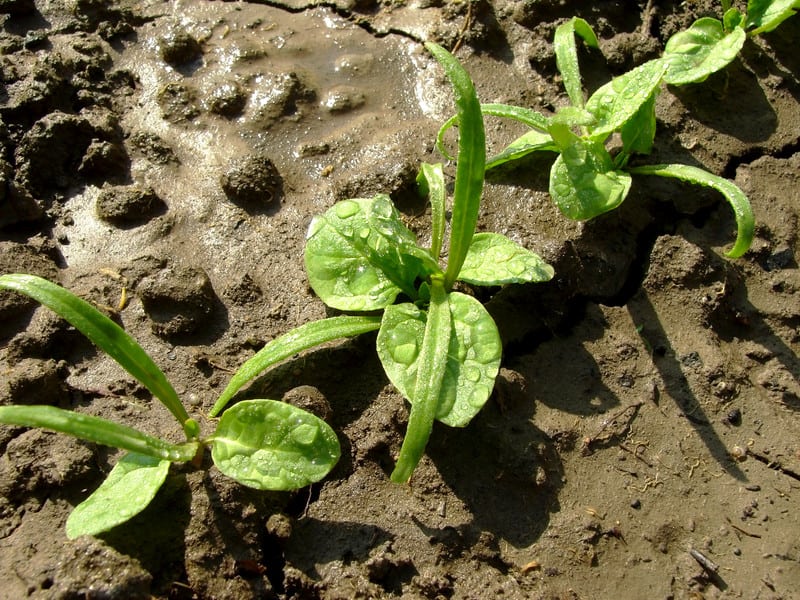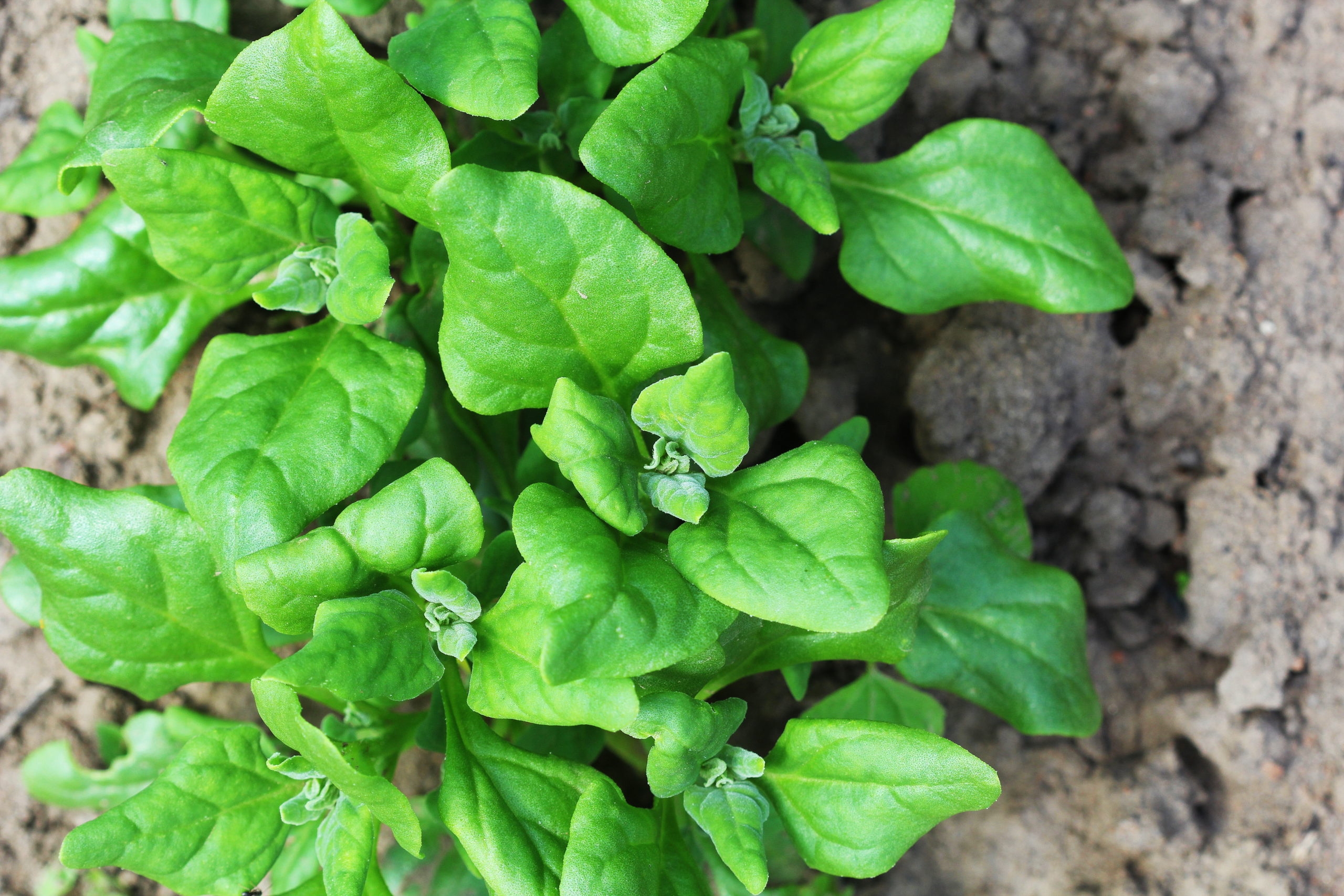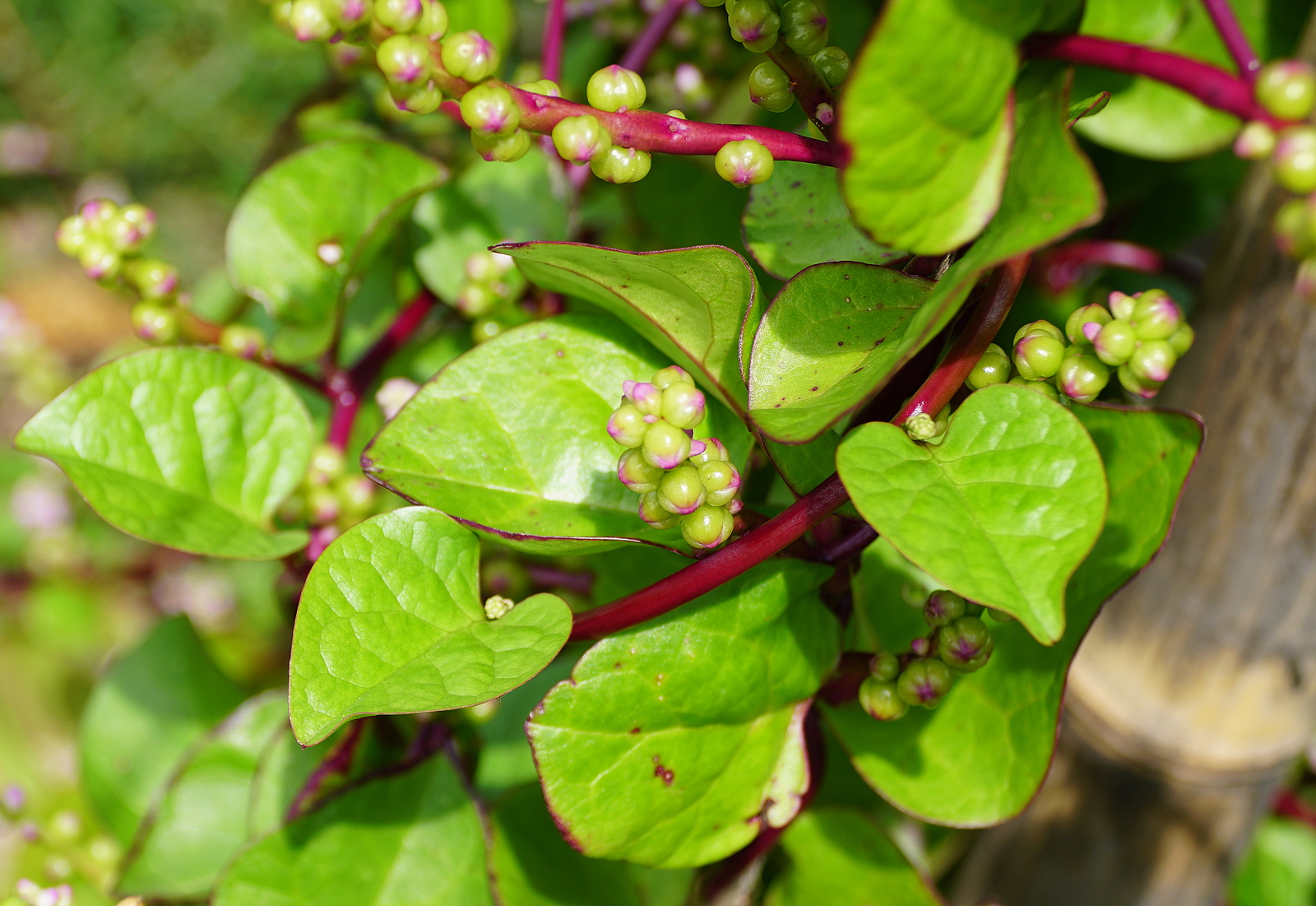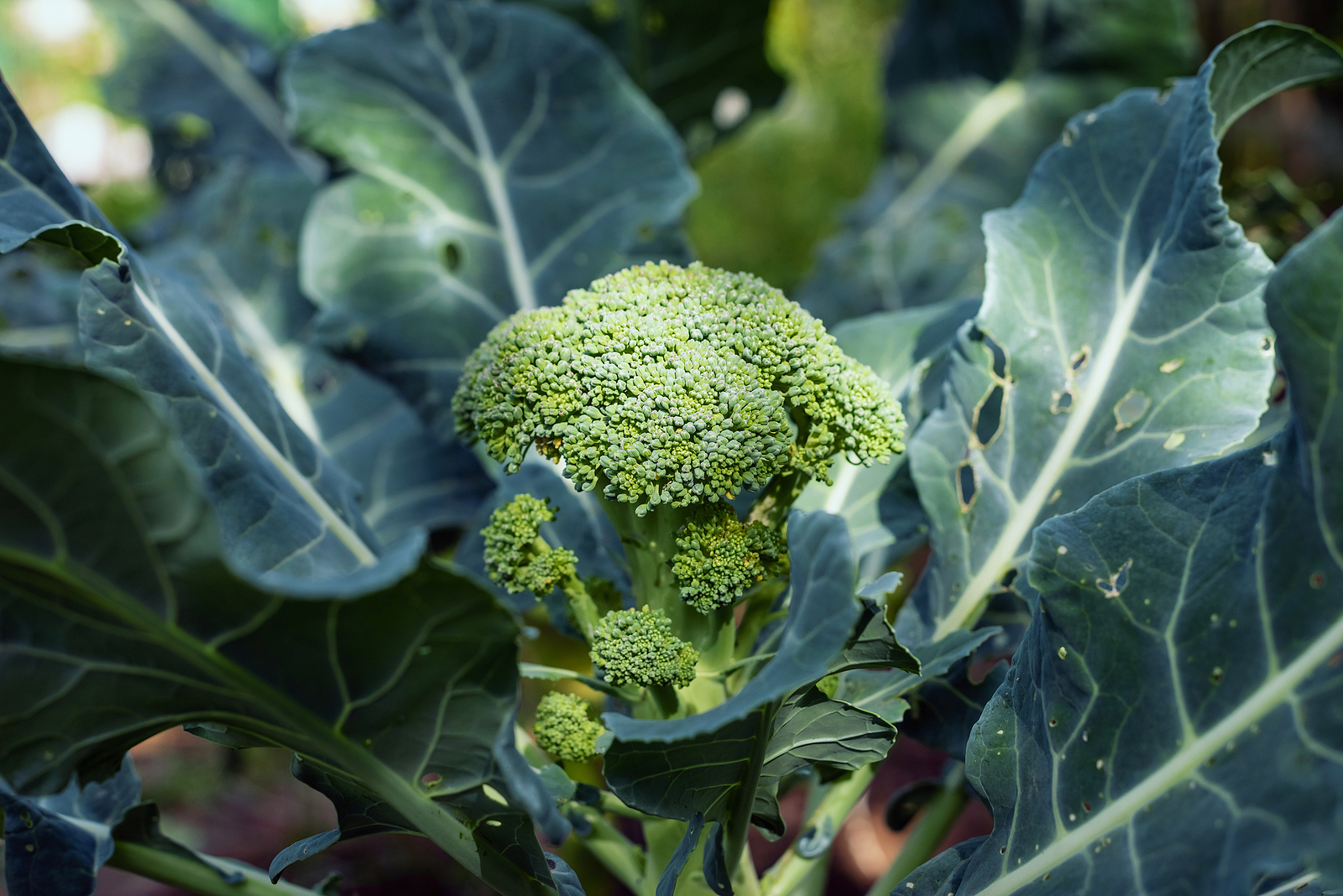Plant
Latest stories
More stories
-
Arugula Seed Starting Tips
Arugula is a cool-season crop. It can be grown in early spring and in fall. Sow arugula seeds directly in the garden 2 to 4 weeks before the last frost in spring or as soon as the soil is workable. To set out transplants start seeds indoors 4 to 5 weeks before transplanting. Set transplants […] More
-
How to Plant and Grow Onions
Onions can be grown for their green immature stems or they can be grown for their mature bulbs. These strong-smelling plants have been extremely popular for centuries. Two main types of onions are grown in the home garden: the young, green or white, bunching sorts eaten fresh and before the mature bulb has formed, and […] More
-
How to Grow Green Onions, Spring Onions, and Scallions
Scallions, green onions, and spring onions are immature onions that have not formed a white bulb. What’s the difference between scallions, green onions, and spring onions? There is little to no difference. Scallions Scallions are the youngest or least mature of onions with very thin white bases no wider than their long, straight green stalks. […] More
-
How to Plant, Grow, and Harvest Welsh Onions
Welsh onions are easy to grow. They are cool-season crops. They are best planted in spring or autumn. Welsh onions are mild-flavored members of the onion family. They can be added raw to salads and soups. They can be stir-fried and sauteed and served with beef or chicken. They can be used as garnish. Welsh […] More
-
Planting Onion Seeds and Sets
Onions can be grown from seeds, seedlings, or sets (young, small dormant bulbs grown the previous year). Growing onions from seeds can take as long as five months. Growing onions from seedlings or transplants purchased from the garden center can take about two to four months. Growing onions from sets will take about two months. […] More
-
How to Plant, Grow, and Harvest Radishes
Radishes are one of the easiest crops to grow. The radish is a cool-weather crop. Harvest radishes in spring or fall for the best flavor and texture. Radish is ready to eat as few as three weeks after sowing seeds. It is easy to understand why radishes are a favorite of home gardeners. Spring radishes […] More
-
Radish Seed Starting Tips
Radishes grow best in the cooler time of the year. Most are hardy to spring and autumn chills; a few varieties can withstand the summer heat. Sow seeds for small early varieties 4 to 6 weeks before the last frost. Plant midseason or summer varieties in mid to late spring. Late varieties—called winter radishes—should be […] More
-
How to Plant and Grow Spinach
Plant spinach in cool weather. It is well suited for the spring and autumn gardens. Plant spinach before the weather warms in spring and again as the weather cools in early autumn. (When days lengthen in late spring and the weather becomes dry and hot, spinach bolts and stops making new leaves.) Spinach can be […] More
-
Spinach Seed Starting Tips
Sow spinach seeds in the garden as soon as the ground is workable in spring. If you wait, warm weather and long days will trigger seed stalk formation and the leaves will become bitter tasting. Spinach seeds will germinate in cool soil. Days at 60°F (16°C) and nights as low as 40°F (4°C) are warm […] More
-
How to Plant, Grow, and Harvest New Zealand Spinach
New Zealand spinach is a perennial grown as a warm-weather annual. Plant New Zealand spinach in the warm part of the year when regular spinach will not grow. The two plants are not related but can be used fresh or cooked in the same way. New Zealand spinach is a warm-season leafy green that should […] More
-
How to Plant, Grow, and Harvest Malabar Spinach
Malabar spinach is a warm-season leafy crop that can be used as a hot-weather substitute for spinach and lettuce. You can follow an early spring crop of spinach or lettuce with a planting of Malabar spinach. Malabar spinach is a vining plant with thick, succulent, edible leaves. It is often compared to spinach, but it […] More
-
How to Plant and Grow Broccoli
Broccoli is an edible flower. Broccoli is a cool-season crop. Grow broccoli so that it comes to harvest when temperatures average no more than 75°F (23°C) each day. Broccoli heads are clusters of tightly packed flower buds waiting to open. Broccoli is a hardy biennial, grown as an annual. It is a member of the cabbage […] More

